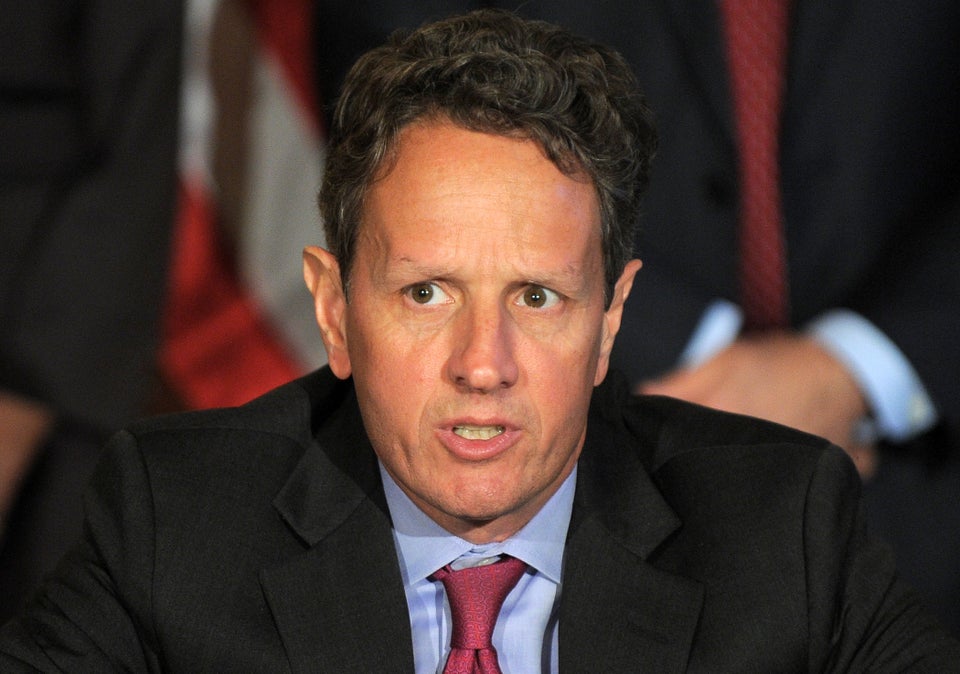Production costs for the four main U.S. coins went down in fiscal year 2014, but the penny is still costing American taxpayers more to make than it’s actually worth, according to the U.S. Treasury’s December report to Congress.
Producing one dollar in pennies costs the U.S. Treasury $1.66. Manufacturing a nickel also costs more than its face value, at $1.62 for every dollar of nickels funneled into the economy. As of 2013, the Treasury was incurring an annual deficit of about $105 million dollars on penny and nickel production. Quarter and dimes, on the other hand, cost considerably less. A dollar worth of quarters cost 36 cents to produce and dimes cost slightly more, at 40 cents for a dollar's worth.
Earlier this year, President Barack Obama called for a review of U.S. currency production costs and tasked the Treasury with researching alternative options for the production of pennies and nickels.
The president has referred to pennies as obsolete and a "good metaphor" for some of the government's larger spending problems.
"It's one of those things where I think people get attached emotionally to the way things have been," Obama said during an online "Fireside Chat" in February of 2013. "We remember our piggy banks and counting up all our pennies and then taking them in and getting a dollar bill or a couple dollars from them, and maybe that's the reason why people haven't gotten around to it."
People also haven’t gotten around to it because of staunch opposition from the copper industry, particularly from Jarden Corporation, the multibillion-dollar company that serves as the government's sole penny blanks supplier. In 2011, the company spent roughly $140,000 on pro-penny lobbying. That same year, Jarden was awarded $48 million in federal contracts. The company received a $304 million contract from the U.S. Mint in 2010.
In its biannual report, the U.S. Mint cited $2.5 to $6 billion dollars in estimated costs to coin-accepting industries, such as the Coin Laundry Association, if any changes were made to the penny’s weight, shape or electro-magnetic signature in an effort to reduce production costs.
"There are no alternative metal compositions that reduce the manufacturing unit cost of the penny below its face value," the Treasury, which will continue research on the issue into FY 2015, concluded in its most recent report.
